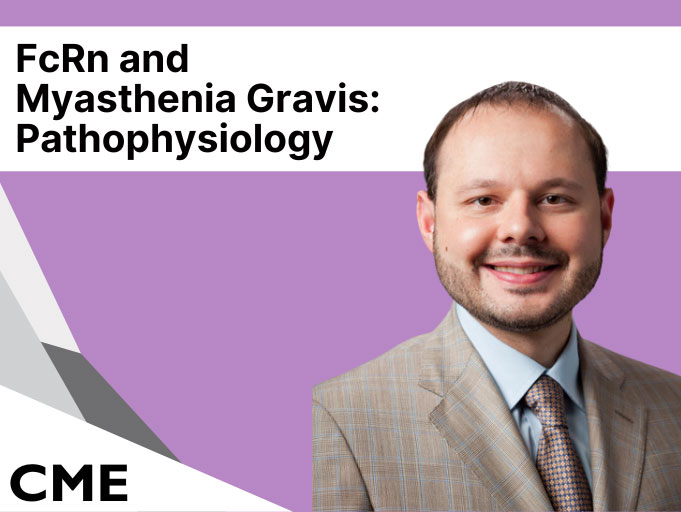Recent Videos
Social Wall
Philip Molyneaux, MD, PhD, discusses new data in idiopathic pulmonary fibrosis from the CHEST 2025 meeting.
https://checkrare.com/updates-in-refractory-chronic-cough-from-ers-2025/
#CheckRare #CHEST2025 #RareLung #ChronicCough
Updates in IPF Chronic Cough From CHEST 2025
Long-Term Data From the AQUARIUS Study of Avacopan in Patients With GPA and MPA
CheckRare is at the #CHEST2025 meeting in Chicago this week! Stay tuned for updates in rare lung diseases.
#CheckRare #CHEST2025
Listen to Dr. Simmons talk about X-linked hypophosphatemia (XLH), a rare genetic condition caused by variants in the PHEX gene, and insights into patients' lived experiences. Learn more at http://checkrare.com/study-finds-wide-ranging-impact-of-x-linked-hypophosphatemia-on-patient-experiences
PAH Research Highlights: CHEST 2024
Consider Rare: Suspecting and Diagnosing Hereditary Angioedema (HAE)
The #XLHImpactSurvey found people living with X-linked hypophosphatemia (XLH) experience anxiety, depression, and social isolation, but few get professional help. Learn more at http://checkrare.com/study-finds-wide-ranging-impact-of-x-linked-hypophosphatemia-on-patient-experiences
Treating Rare Lung Cancer (ROS-1 Positive NSCLC) With Taletrectinib
A survey of adults and caregivers of children with X-linked hypophosphatemia (XLH) revealed a broad impact on patients’ lived experiences, including out-of-pocket expenses; physical, mental, and social health, and challenges accessing expert care.
Learn more:…
Radiopharmaceutical Treatment for Neuroendocrine Tumors
XLH Community Impact Survey: Overview and Results
Andembry (Garadacimab) for the Treatment of Hereditary Angioedema
Leticia Orsatti, MD, discusses results from clinical trials examining the safety and efficacy of nerandomilast to treat patients with idiopathic pulmonary fibrosis (IPF) or progressive pulmonary fibrosis (PPF).
...https://checkrare.com/evaluating-nerandomilast-in-patients-with-rare-pulmonary-fibrotic-conditions/
#CheckRare #RareLung #RareDisease
New Data From EMBARK Study in Patients With Duchenne Muscular Dystrophy Receiving Gene Therapy
Evaluating Nerandomilast in Patients With Rare Pulmonary Fibrotic Conditions
A Patient’s Diagnostic Journey With Idiopathic Pulmonary Hemosiderosis (IPH)
FORWARD-53 Clinical Trial in Duchenne Muscular Dystrophy Shows Promise
Long-Term Safety of Trofinetide for Rett Syndrome in Younger Children (2-4 years)












New Staging Tool Available for Healthcare Providers Treating Patients With CTCL
CheckRare August 14, 2025 1:41 pm